Tartare, marmitako and coaching. Why end up at Asador Concepción?
Summary:

A logbook by Sensei Hiroshi Umi.
Landmark establishments, places that have over years built up that intangible sense of tradition or charisma, are as comforting as your mother’s lap. In the case of restaurants, they give off that almost homely sense of family, a place for an unhurried and intimate chat, and above all a dependable and succulent array of recipes, conjured up with care, heritage and know-how.
A lot of good things have been going on of late in Albacete’s culinary world: the Cañitas Ababol phenomenon, the discovery of local vintners… and one of the names to highlight in red is Concepción. Its evolution has been quite striking. Its method, team and history likewise. And the way they have with bluefin tuna makes them a worthy place of pilgrimage.
Asador Concepción. The early days.
“It all started with my grandfather Rosendo, who had an inn in Pozo Cañada, a little village half an hour from here. Then my parents set up a café serving tapas, by the name of R2, just 200 metres away in the same village, with battered squid rings, fried cheese, pork loin in tomato sauce… I started there at the age of 11 with my father, drying glasses and helping out. He came to Albacete with other business partners in ’92 to set up a bigger establishment, but things didn’t work out, and he found these premises on Calle Concepción, hence the restaurant’s name. R2 then closed, and we set up here in 1994. We’ve remodelled things a few times to end up at what you see now, with the bar serving beers, soundproofing, more natural light, room for 130 covers…,” says Antonio Ródenas Rodríguez, the helmsman of this rotisserie with an extensive menu, a formidable wine list and a well-oiled team.
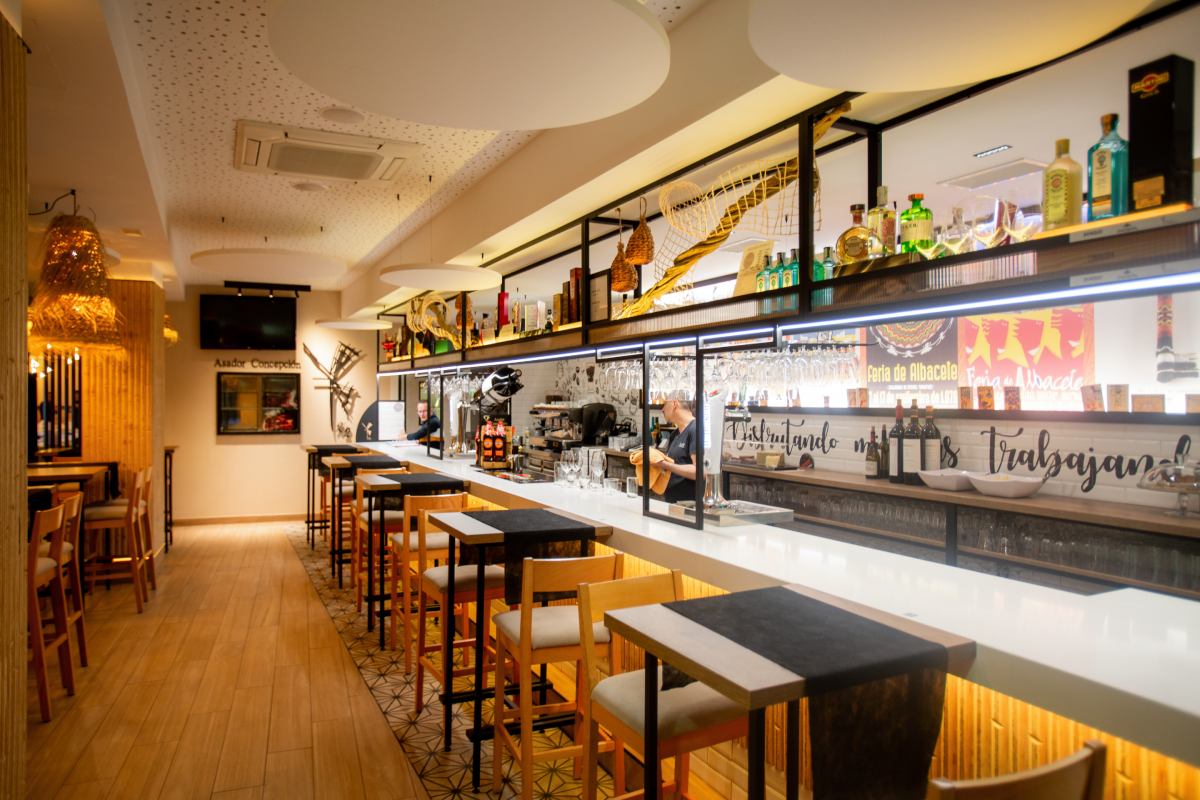
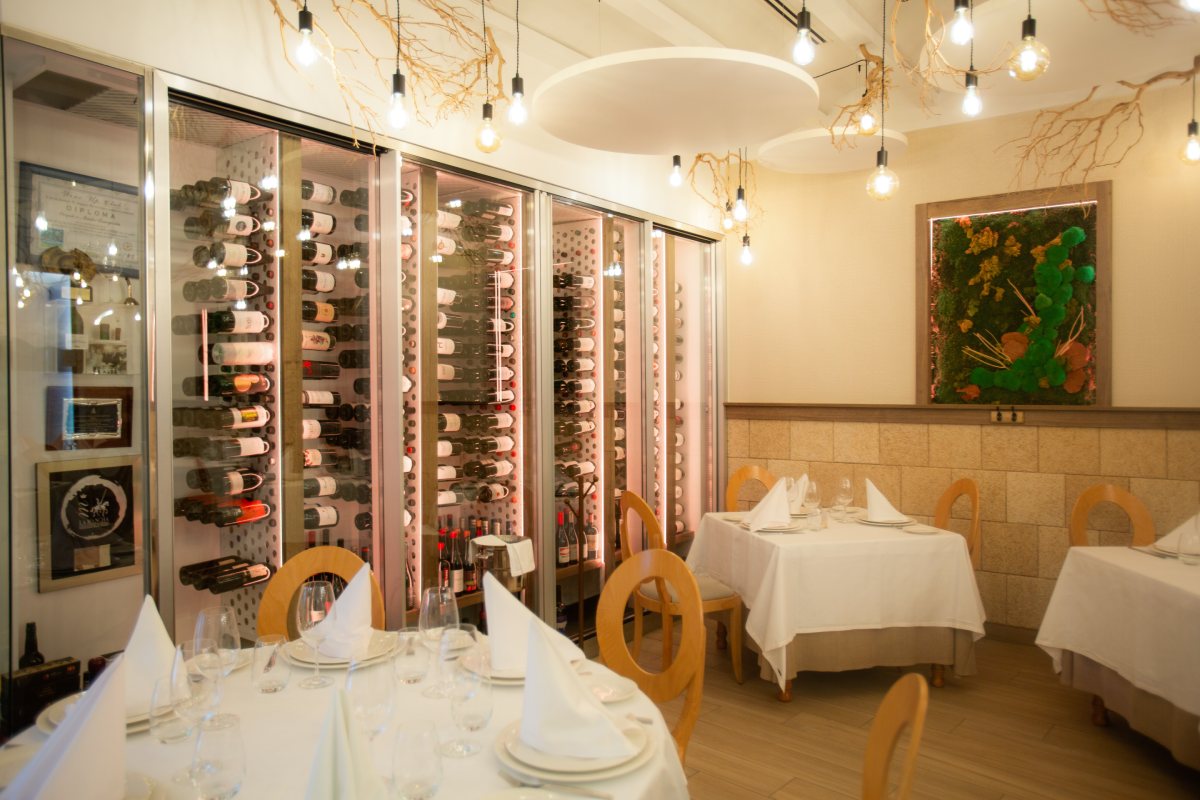
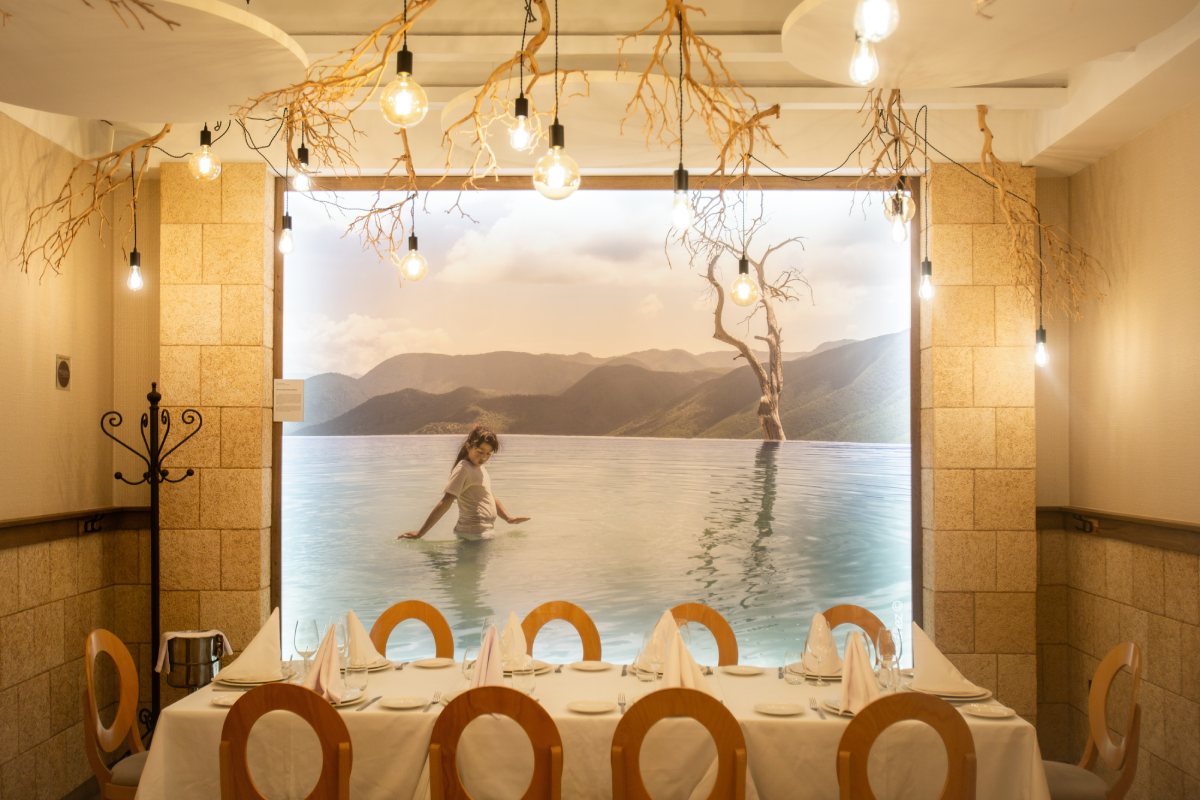
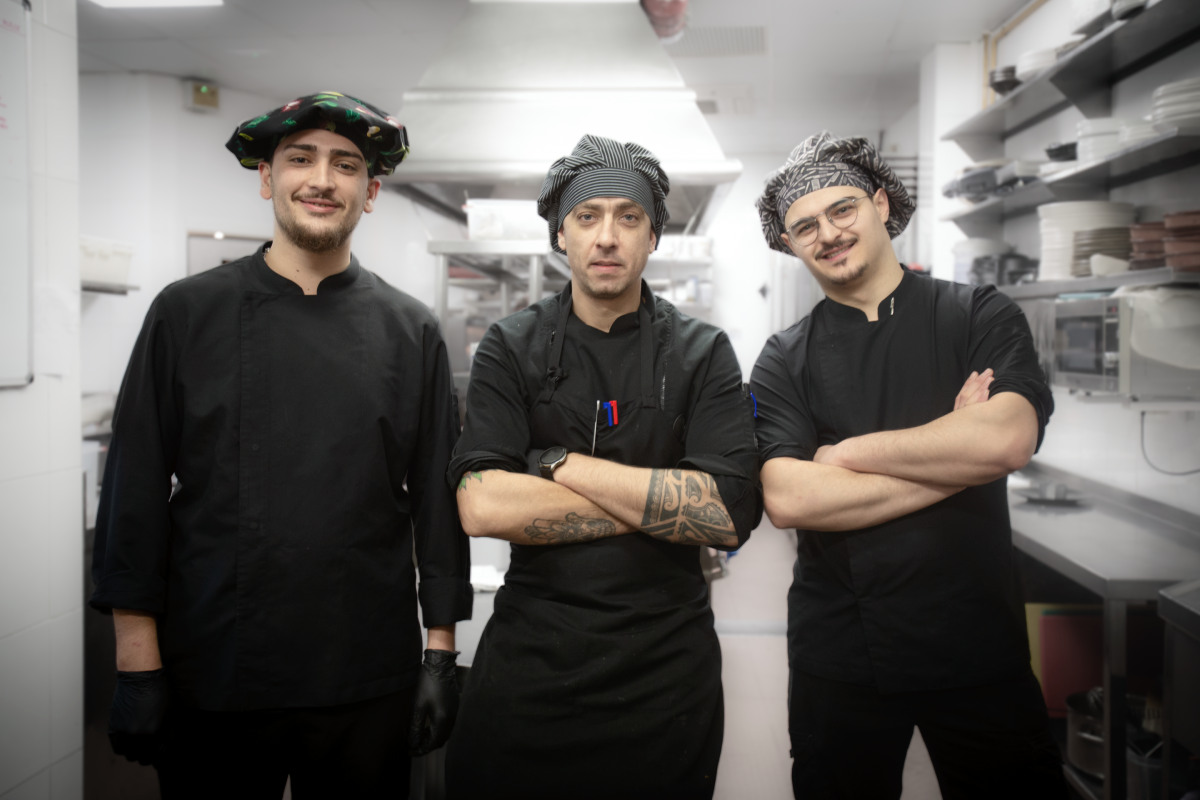
Here Antonio focuses his knowledge on handling emotions, task delegation and a cohesive working atmosphere: he trained as a primary school teacher, and has a master’s in coaching to his name. “Knowing how to manage people is really important,” Ródenas reveals, like a mantra.
Since 1994, the menu has evolved a great deal, without ever losing sight of the origins and example of their mother Ana in the kitchen. They keep a close eye on those hearty stews, such as ajoaceite with pigs’ trotters, beans with partridge, gazpacho manchego, escabeches, olla de aldea, croquettes, and desserts such as montenevao (custard on a sponge base in a meringue style).
Bluefin tuna. A decade on the menu.
Nonetheless, among all this tradition – with simmental T-bone steaks and Garrucha red shrimp always featured on the menu – bluefin tuna has earned itself a privileged position, as seen in their fantastic Tartare on a bed of avocado, with a secret vinaigrette of Spanish and Portuguese dressings, wakame and caviar. “It’s hugely popular as a starter. We found bluefin tuna a good addition to the menu a decade ago now, thanks to the demand we see here. Bear in mind that the coast is nearby, and so is Madrid. And that makes a difference. We’ve been going crazy with tuna, people love it.
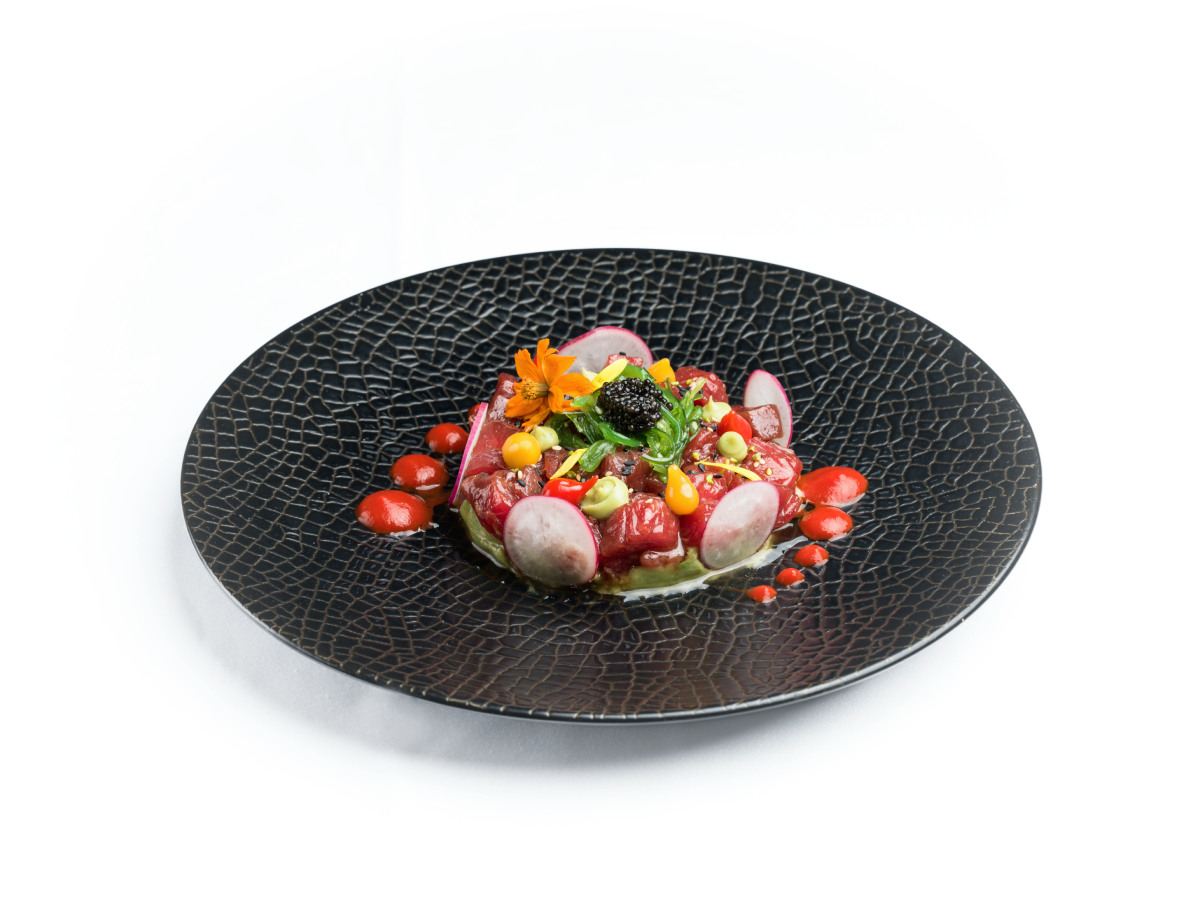
“We get through around 10 kilos of loin and another 10 of belly. We used to serve noten as well, and did steaks with the dark meat and top loin. We make more use of the belly now, which is what people prefer for its succulence. We do it over charcoal, tempering it on top and searing it on the grill. We don’t lose sight of the essence, despite the underlying modernity. We’ve brought in young people who are really keen, great technique, a sense of design and new forms of presentation. But, hey, we remain really true to Albacete. You have the bar here decorated with posters from the local fair, on dates that have been important for our family,” explains Ródenas, whose establishments are already recommended by the Michelin Guide.
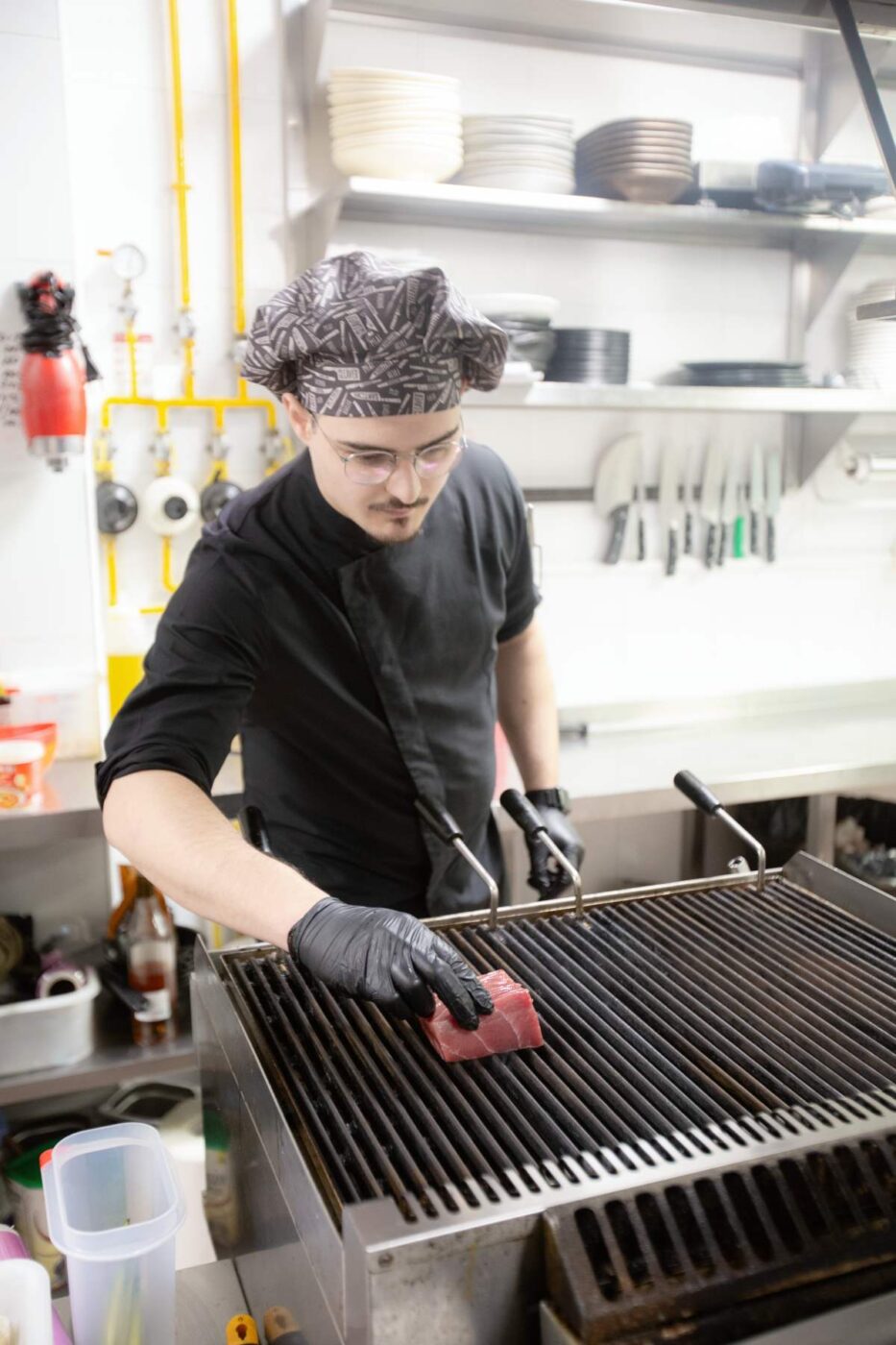
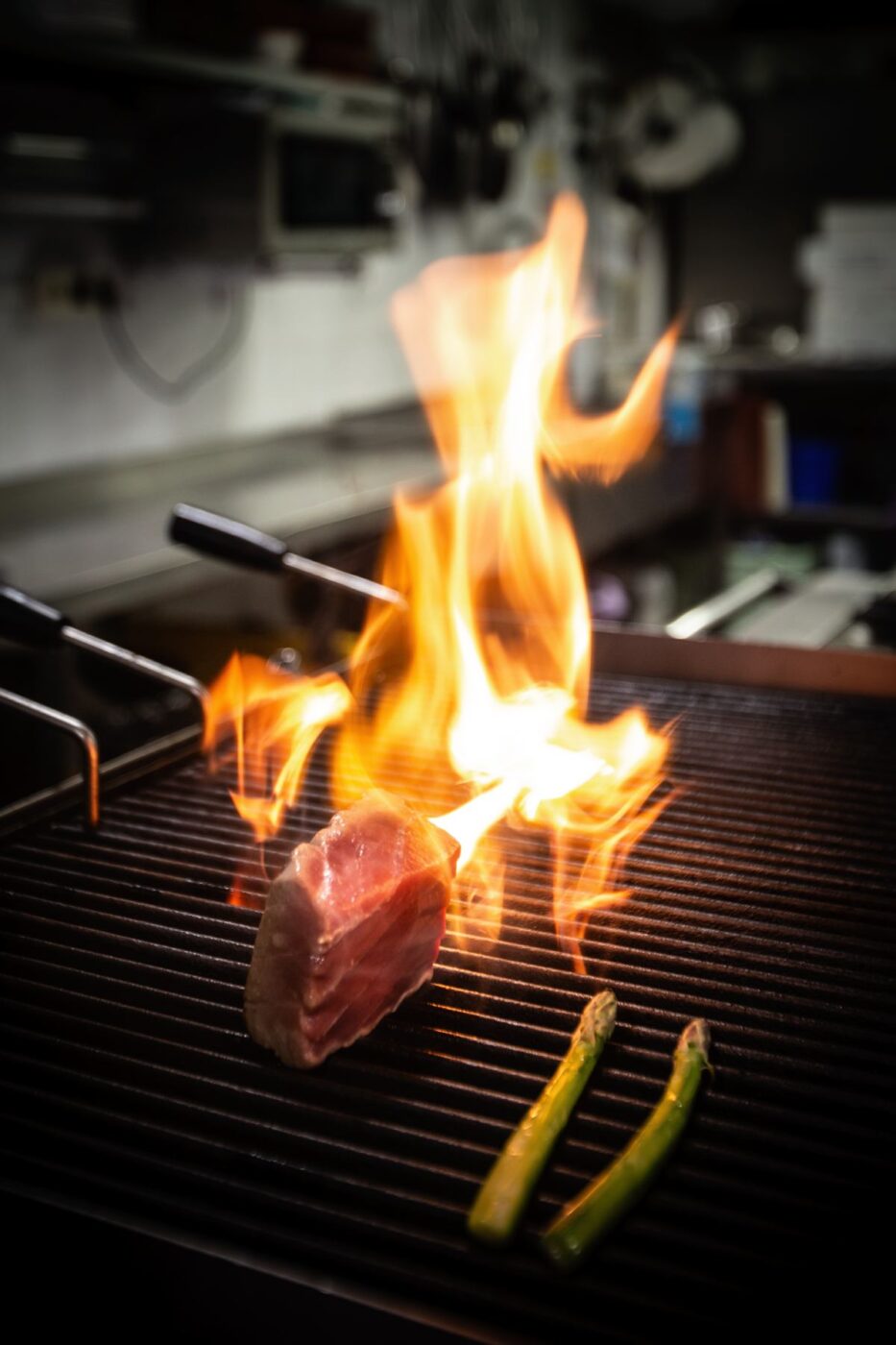
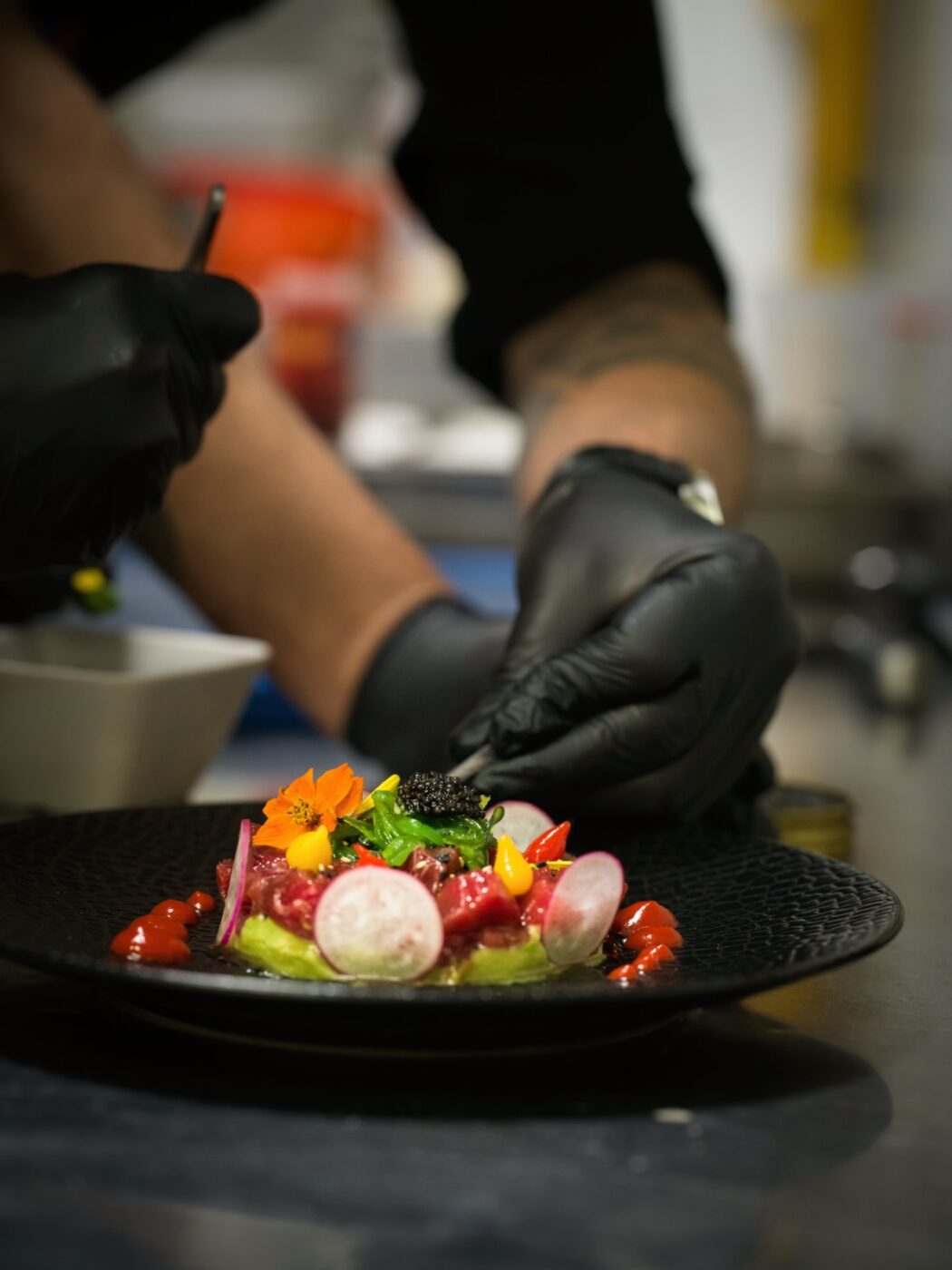
The tuna marmitako casserole that his mother used to make now has tataki tuna swimming among Galician potatoes, with a really deep sofrito using good seafood to give it that base. “We sear the tataki on the grill, and the sauce is an emulsion of pasteurised yolk and black truffle oil with lime zest, two types of puréed red peppers (choricero and piquillo), and we add a little porcini foam and trimmed green asparagus,” explains Alberto, one of the chefs in charge.
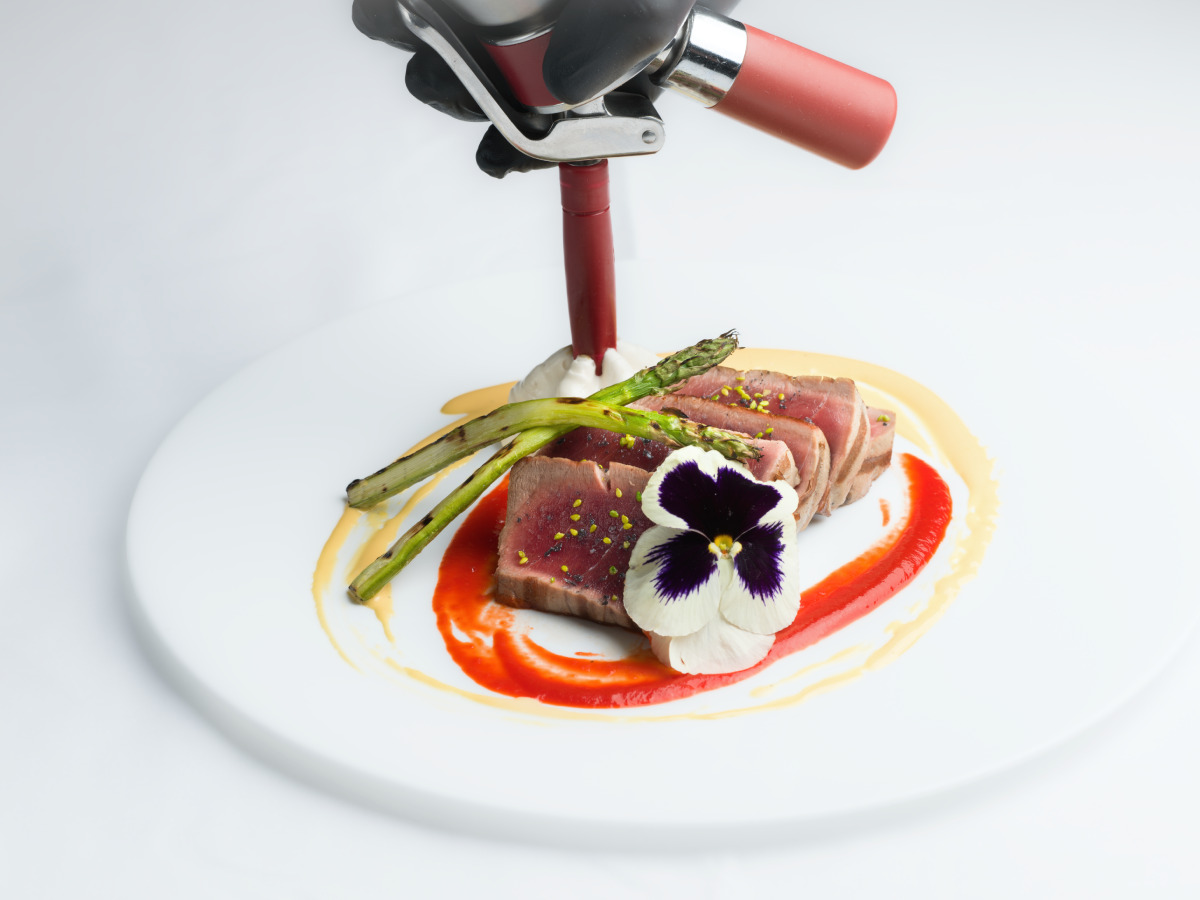
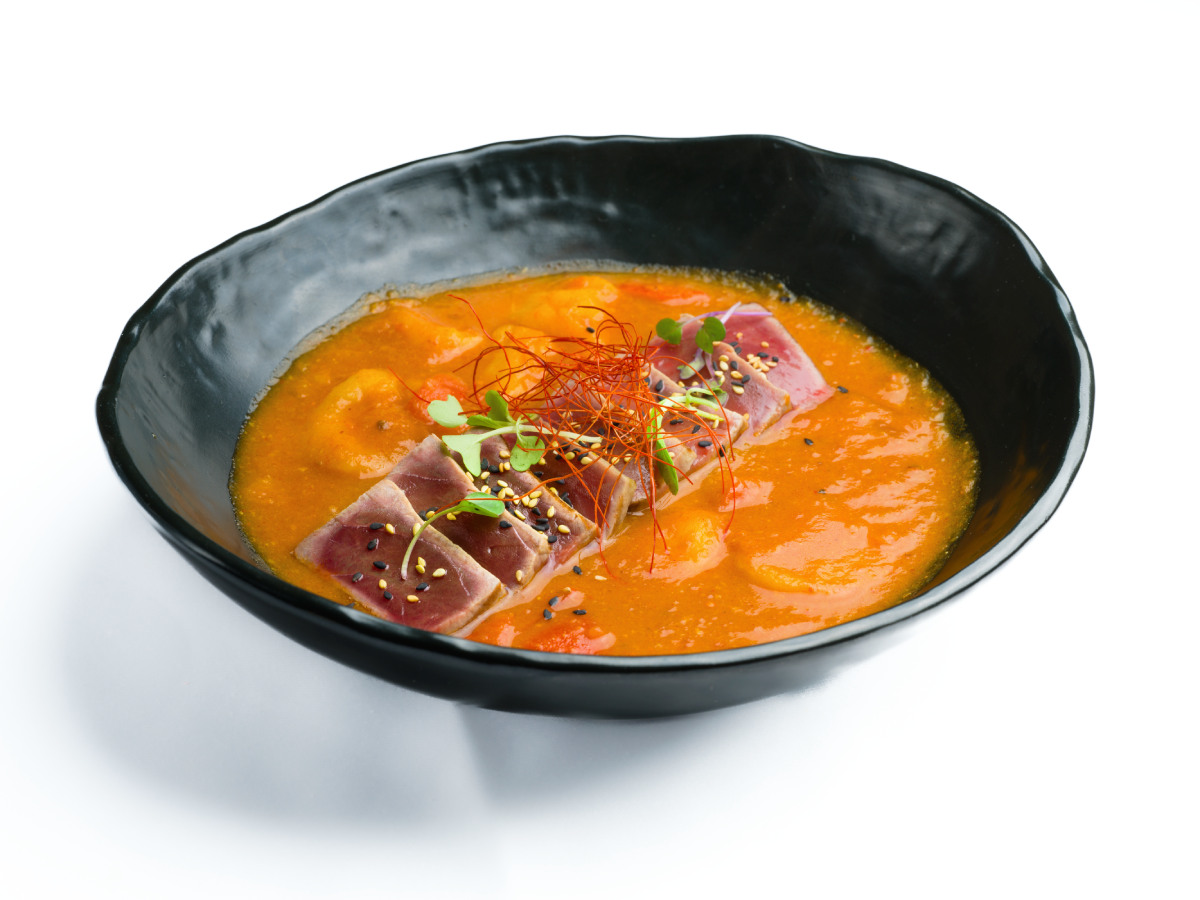
As for pairings, the Ródenas dynasty draw on such leading nearby regions as Manchuela, Yecla, Jumilla and Bullas (along with the inevitable Riojas and Riberas), serving up more than 400 double magnum bottles a year. Salted fish also enjoy a fine reputation, but have a harder job convincing a clientèle as young as they are dedicated.
The walls of Asador Concepción feature photos of such visiting celebrities as Pedro Piqueras, José Antonio Camacho, the legendary bullfighter Jose Tomás, Juan Tamariz, Leo Harlem, Maribel Verdú and Carlos Herrera “who comes to see us every year…”. Another of the walls is decorated with a spectacular photo of Riopar, in the Sierra del Segura mountains, opposite a transfer with words beginning with the letter R, very much to the fore in the Ródenas Rodríguez family. They will soon need to add “ronqueo” for the traditional tuna butchery. “We would love to do one here. We have plenty of space out there in the courtyard,” Antonio concludes, a smile on his face, as if imagining the dazzling silver and the clacking knives.
